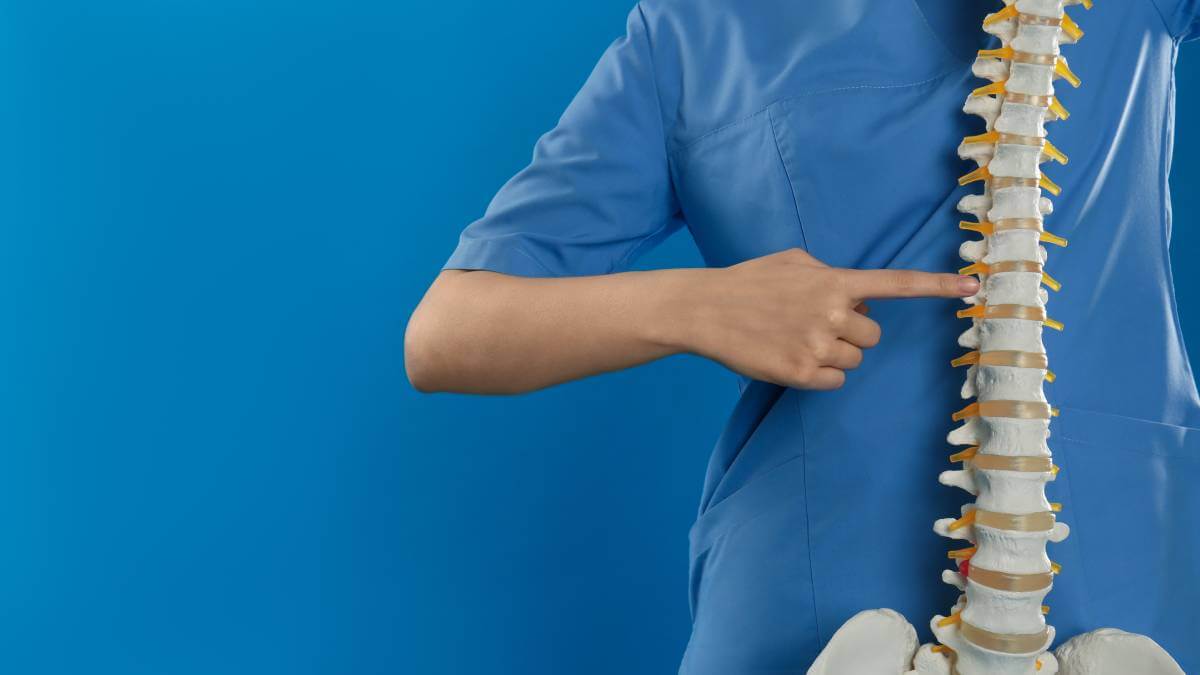My adult kids will gladly tell you that I’m always whinging about one physical ailment or another. As I near 60, the phrases, ‘dodgy knees’, ‘aching shoulders’ and ‘arthritis’ often travel from my mouth to their eardrums. But one topic I’ve thankfully never had to bring up is back pain.
While the rest of me has crumbled, I have been blessed to have never experienced the scourge of back pain. Sadly, that is not the case for many Australians. A newly published study estimates that there will be more than 800 million cases of low back pain worldwide in 2050. That’s a staggering 36 per cent increase on 2020 numbers.
Here in Australia, the raw estimates point to an even bigger rise. Current estimates indicate there will be a nearly 50 per cent increase in cases by 2050.
The study’s lead author, Professor Manuela Ferreira from Sydney Musculoskeletal Health, says the projections mean planning and preparation is vital.
“Our analysis paints a picture of growing low back pain cases globally, putting enormous pressure on our healthcare system,” she says. “We need to establish a national, consistent approach to managing low back pain that is informed by research.”
It’s not just the young, and not only men, who suffer from back pain
One of the study’s more interesting findings is that back pain is not just a young, working person’s complaint. Researchers say this study has confirmed that low back pain is more common among older people. This refutes a widespread misconception that low back pain mostly affects adults of working age.
The research also showed that low back pain cases were also higher among females than males.
Dealing with back pain: how should Australia – and older Australians – prepare?
The first step towards dealing with the expected increase in back pain numbers is an attitudinal change, says Prof. Ferreira.
“Currently, how we have been responding to back pain has been reactive. Australia is a global leader in back pain research; we can be proactive and lead by example on back pain prevention,” she says.
When it comes to individuals, the current approach is all too often grounded in pain management, Prof. Ferreira says. What’s more, there is a distinct lack of focus on older Australians.
“It may come as a surprise to some that current clinical guidelines for back pain treatment and management do not provide specific recommendations for older people,” she said. “Older people have more complex medical histories and are more likely to be prescribed strong medication, including opioids for back pain management, compared to younger adults.”
This is by no means ideal, and can have a negative impact on their function and quality of life, especially as these analgesics may interfere with their other existing medications.
“This is just one example of why we need to update clinical guidelines to support our health professionals,” she continued.
Prof. Ferreira’s co-author, Dr Katie de Luca from CQUniversity, echoed the need for a new approach. She says low back pain can become a precursor to chronic health conditions. These include diabetes, cardiovascular disease and mental health conditions, invasive medical procedures, and significant disability.
As Australia’s population continues to age, Dr de Luca’s warning is clear. “Low back pain continues to be the greatest cause of disability burden worldwide. There are substantial socio-economic consequences of this condition, and the physical and personal impact directly threatens healthy ageing.”
Do you suffer from back pain? What, if anything, have you or your doctor done to reduce the discomfort? Let us know via the comments section below.
Also read: Expert solutions for debilitating chronic back pain
Health disclaimer: This article contains general information about health issues and is not advice. For health advice, consult your medical practitioner.


There may be some truth in lower back pain leading to diabetes etc. I have had lower back pain for a number of years but it has become particularly worse over the last 6 months or so. During that time I was diagnosed with osteoarthritis in my lower spine, hips and one knee as well as being pre-diabetic and chronic liver disease which prevents me from taking pain killers like osteopanadol. I have been given some exercises by a physio that do help and I use hot wheat packs or heat patches. This heat therapy assists. I find it difficult to shop or stand for long periods of time.
I used to have chronic back pain. I started an online Australian physio directed exercise program 2 years ago. Now at 65 I am stronger than I was 10 years ago and no back pain. Strength exercises with weights is the answer.
I suffered with lower back pain for about 40 years. Had a couple of hip replacements and that helped considerably. No more spasms. Pain at times was so bad I had to lie in bed and figure out how to move without triggering a spasm. I still get hints of lower back pain but before it gets bad I go and see my chiro for an adjustment. The problem with chiros is that there appears to be no end game. That said, they provide immediate relief when pain gets bad. I do not want to resort to surgery. You only have one back and if surgery fails, you are in a painful place.
Strength exercise 3 times a week – physio supervised- is how I have eradicated back pain (yes I am full of OA). No more pain killers.
It hurts to start with but after a while you build up muscles and the pain recedes. Give it a try.